Approach could make manipulating a prosthesis more natural, precise, and reliable.
Get the latest international news and world events from around the world.
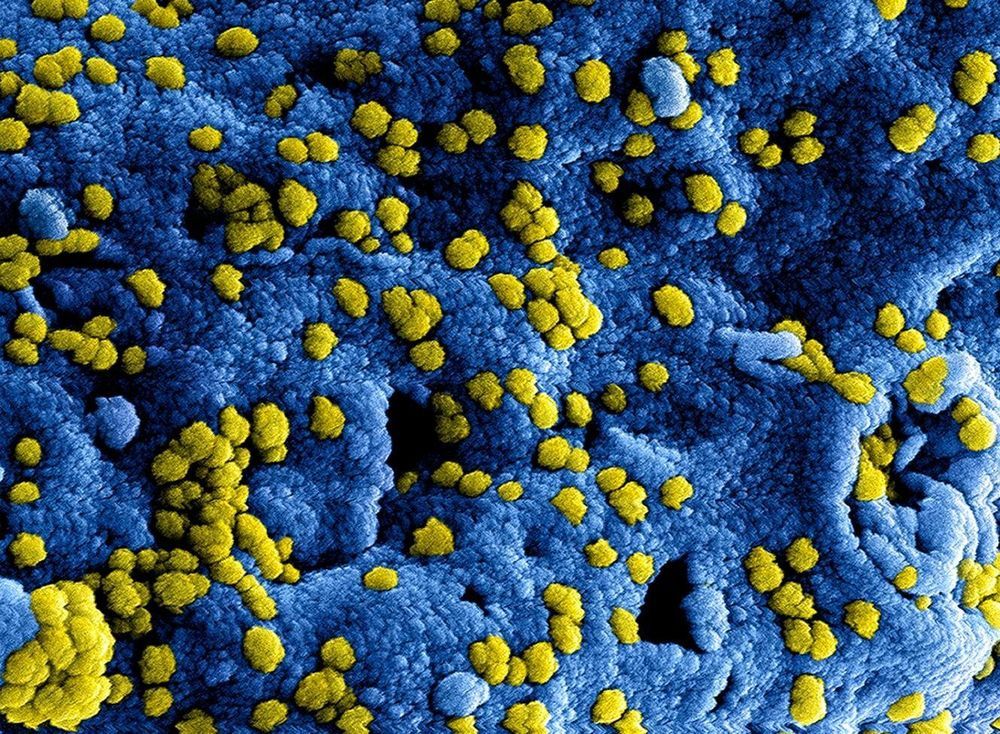
MERS Coronavirus Disease Blocked by Remdesivir in Monkeys
Researchers at the National Institute of Allergy and Infectious Diseases (NIAID) report new data that support the hypothesis that remdesivir, a drug with broad antiviral activity, may be a promising treatment against Middle East respiratory syndrome coronavirus (MERS-CoV).
In the team’s experiments, remdesivir reduced the severity of disease, virus replication, and damage to the lungs when administered to infected monkeys. The authors suggest that it be considered for implementation in clinical trials and that it may also have utility for other, related coronaviruses, such as SARS-CoV-2 (previously known as 2019-nCoV).
The experimental antiviral remdesivir successfully prevented disease in rhesus macaques infected with MERS-CoV. Remdesivir prevented disease when administered before infection and improved the condition of macaques when given after the animals already were infected.
The designer baby debate could start a war
Is it so outlandish to believe that countries in the future might resort to military force to prevent other countries from altering the shared genetic code of humanity? Many countries have been invaded for far less.
The genetics revolution that will transform our health care, the way we make babies, the nature of the babies we make, and ultimately our evolutionary trajectory as a species has already begun. Just like parents in many places will need to make tough choices about whether, if at all, to genetically engineer their children, states will be forced to make monumental collective decisions on these issues with potentially fateful consequences.
Imagine you are the leader of a society that has chosen to opt out of the genetic arms race by banning embryo selection and the genetic alteration of human sperm, eggs, and embryos. Because your country is progressive enough to make a collective decision like this, parents desiring these services are free to go elsewhere to get what they want. But preventing the genetic alteration of your population by definition requires both restricting genetic enhancement at home and enhanced people or expectant mothers carrying genetically altered embryos from entering your country.
To protect the genetic integrity of your populations and keep genetically enhanced people out, you would need to perform genetic tests on all people entering the country. But there would likely be no way of knowing whether a person had been genetically enhanced without knowledge of their genetic baseline—their genome prior to any changes. For those few people for whom genetic information from the moment a few days after their conception is available, their former and current genetics could be compared. Everyone not able to provide baseline genetic information might be banned from entering the country or threatened with long jail terms for procreating with a citizen of it.
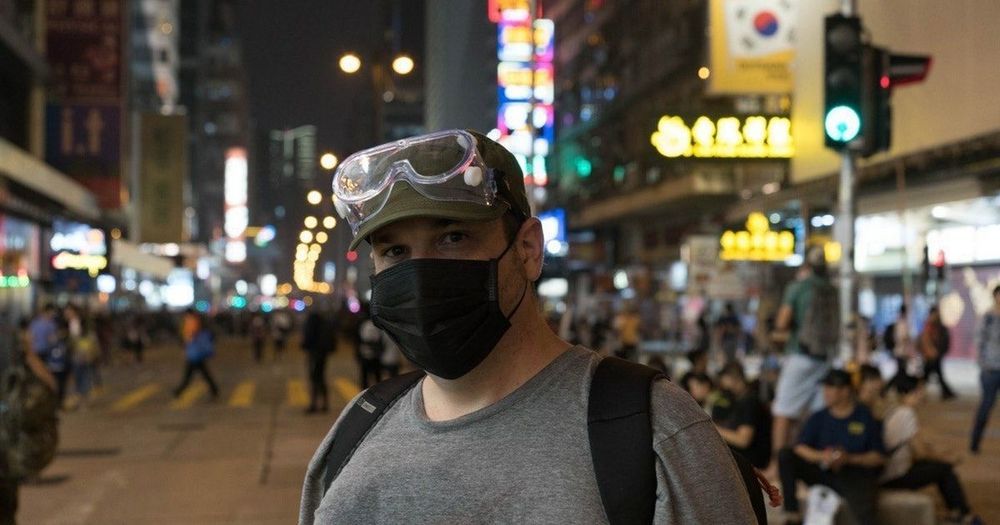
Inside the secret Hong Kong group tracking protests, the police, and coronavirus
The synchronized footage, published online in January, was assembled by a mostly anonymous online group of sleuths called Osint HK, which has been keeping tabs on protesters and journalists’ often-violent encounters with police during the more than eight months of Hong Kong’s near-daily anti-government, pro-democracy protests. Osint HK has spent hours each day scouring social networks for videos and other media to document police misconduct across Hong Kong.
The protests are still happening, but they’ve slowed due to fears over the coronavirus, which has been spreading from China across the globe. So Osint HK more recently has begun focusing its efforts on educating the public about the virus.
“People are confused, and they don’t know where to turn,” says Trey Menefee, the founder and public face of Osint HK. “We are trying to be a trusted source of information, cutting through the fog to find out what did or didn’t happen.”
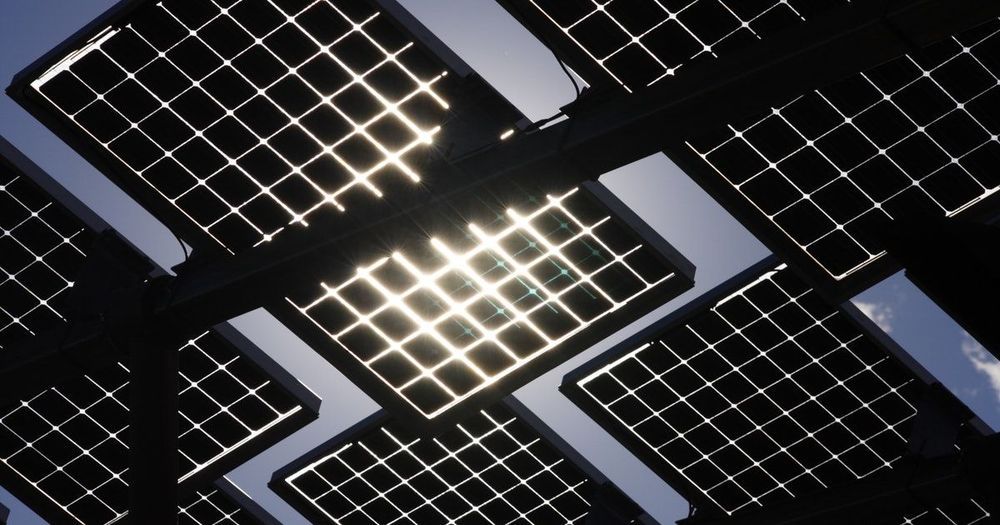

CRISPR was just used in a bid to restore sight to a blind person
The gene-editing tool CRISPR has been used for the first time inside the body of an adult, in an attempt to cure a form of blindness.
The treatment: According to the Associated Press, doctors dripped just a few drops of a gene-editing mixture beneath the retina of a patient in Oregon who suffers from Leber congenital amaurosis, a rare inherited disease that leads to progressive vision loss.
Cells that take up the mixture can have their DNA permanently corrected, potentially restoring a degree of vision.
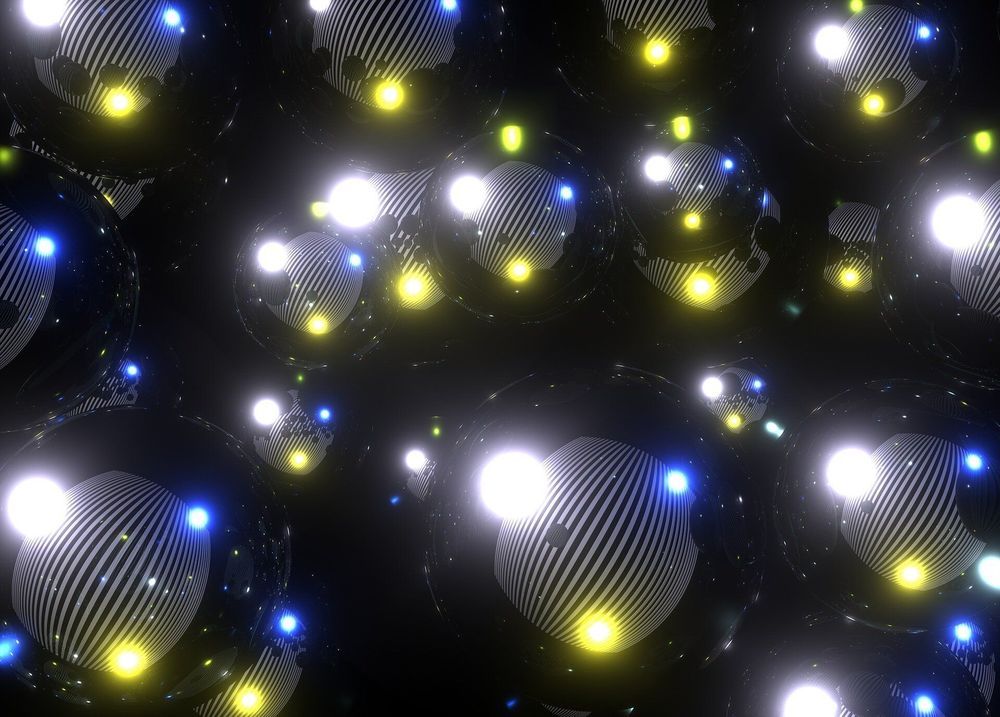
Scientists shed light on mystery of dark matter
Scientists have identified a sub-atomic particle that could have formed the “dark matter” in the Universe during the Big Bang.
Up to 80% of the Universe could be dark matter, but despite many decades of study, its physical origin has remained an enigma. While it cannot be seen directly, scientists know it exists because of its interaction via gravity with visible matter like stars and planets. Dark matter is composed of particles that do not absorb, reflect or emit light.
Now, nuclear physicists at the University of York are putting forward a new candidate for the mysterious matter—a particle they recently discovered called the d-star hexaquark.

Girl receives R2-D2 ‘bionic arm’ and phone call from Luke Skywalker actor
A young Star Wars fan and amputee has received an R2-D2 bionic limb and a phone call from Luke Skywalker himself.
Bella Tadlock, from Tallahassee, Florida, raised almost 14,000 dollars (about £11,000) for her bionic hero arm, created by Bristol company Open Bionics.
The 11-year-old started a fundraiser that first caught the eye of actor Mark Hamill in November — Hamill, who played Luke Skywalker in the Star Wars movies, retweeted her appeal to his 3.6 million followers.

NASA Science Mission Directorate
What is dark energy? More is unknown than is known — we know how much there is, and we know some of its properties; other than that, dark energy is a mystery — but an important one. Roughly 70% of the Universe is made of dark energy. Dark matter makes up about 25%. The rest — everything on Earth, everything ever observed with all of our instruments, all normal matter adds up to less than 5% of the Universe. Then again, maybe it shouldn’t be called “normal” matter since it is a small fraction of the Universe!
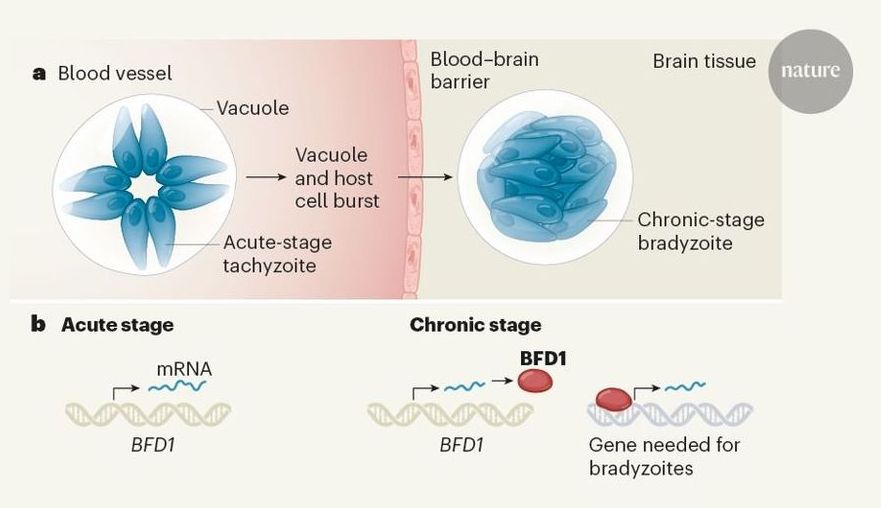
One gene to rule them all in a chronic brain infection
A gene has been found that controls the conversion of the parasite Toxoplasma gondii into a form that chronically infects the human brain. The discovery could aid the design of therapies to eliminate this currently untreatable infection. A transcription factor controls Toxoplasma gondii differentiation.